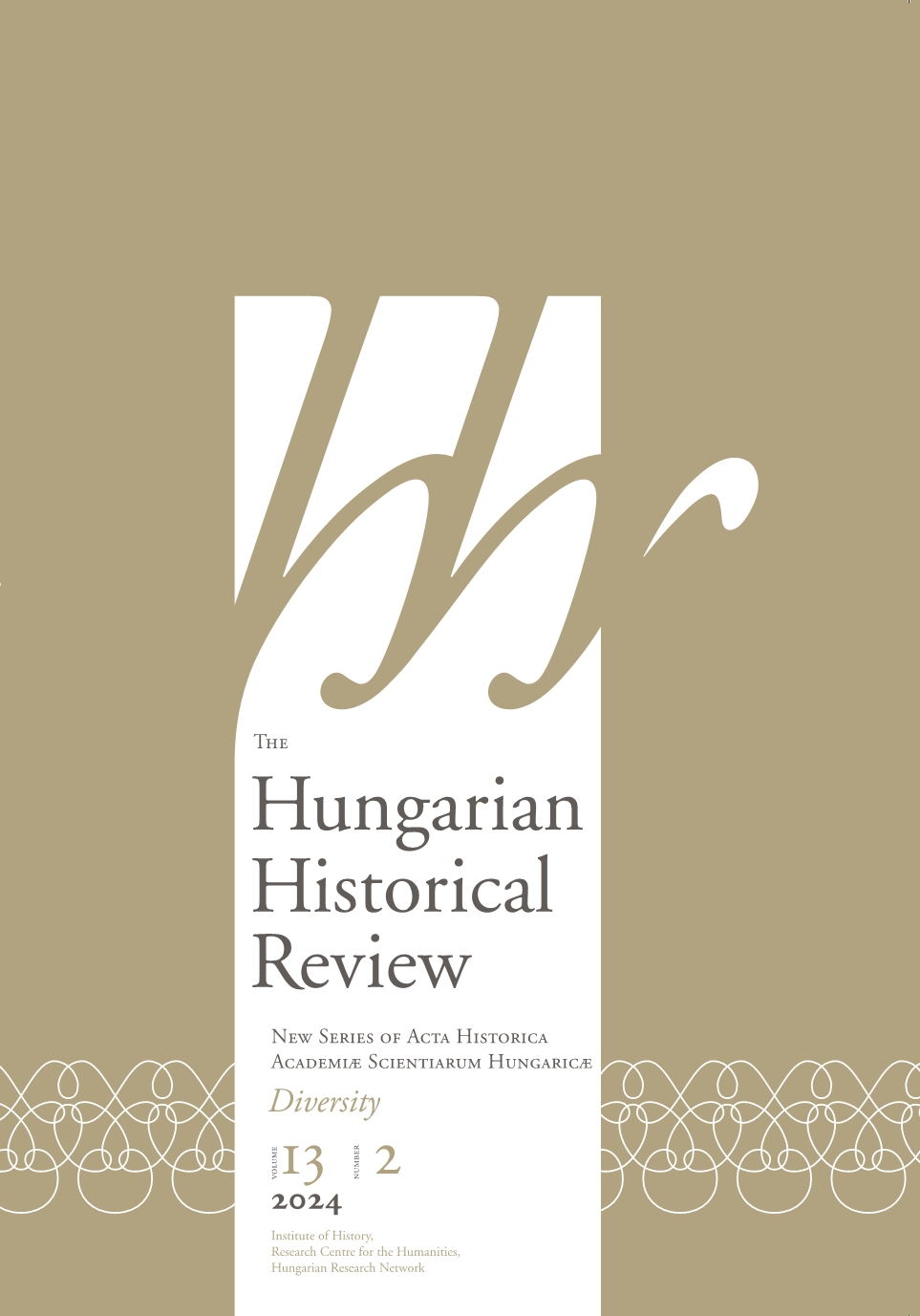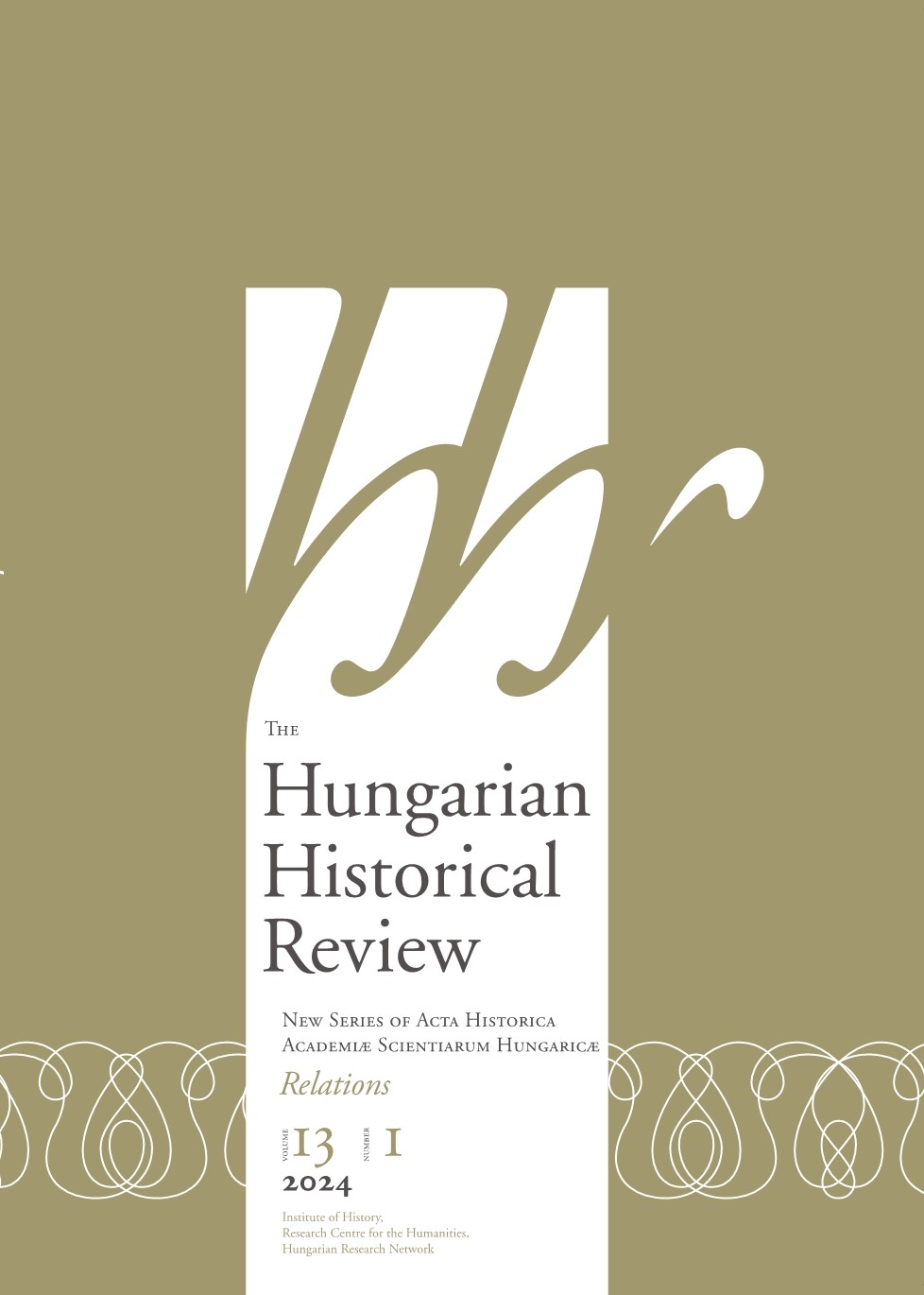Volume 12 Issue 3 2023

Medical Authority in East Central Europe
Contents
Janka Kovács and Viola Lászlófi
Special Editors of the Thematic Issue
ARTICLES
Barbora Rambousková – Darina Martykánová
Social Class in the Czech Physicians’ Quest for Professional Authority and Social Acknowledgement, 1830s–1930s 363
Abstract
In the mid-nineteenth century, physicians in the Czech lands could claim neither elite status as a professional group nor unquestioned authority in the medical field. Despite the legal protection granted by the Habsburg Monarchy, they did not have an efficient monopoly on medical authority and practice and had to face fierce competition from lay healers, male and female, and other medical professionals. This article examines how Czech-speaking physicians navigated social dynamics in nineteenth-century society in urban and rural areas and how they strove to strengthen their authority in the medical field both through appeals to their professional credentials and through class and gender discourses. We identify individual strategies of social ascension and collective efforts to boost the standing and authority of the whole professional group. Practices such as socializing in patriotic circles and authoring medical guidebooks for laymen proved as important as publications in the professional press and the work of professional associations in this complex effort, which was eventually crowned with success in interwar Czechoslovakia.Zsuzsa Bokor
“Separation is Required in Our Special Situation”: Minority Public Health Programs in Interwar Transylvania 395
Abstract
This paper presents the distinctive manner in which the Hungarian public health system in Transylvania was built up, parallel to the state structures in the interwar period. In several policies and public health projects, the young medical generation of the 1930s formed the basis of the biologically based ethnic community of Hungarians in Transylvania. This process was presented by them as part of ethnic survival and made the presence of the doctor necessary. The paper discusses the foundation of minority health institutes and also the discourses around the formation of these.Šárka Caitlín Rábová
Between Public Health and Propaganda: Tuberculosis in Czechoslovakia in the First Decades of the Communist Regime 433
Abstract
In early postwar Czechoslovakia, medical doctors identified the fight against tuberculosis as one of their fundamental tasks, since mortality and morbidity rates from this dreaded and hardly curable disease were still high. However, the country initially struggled with a lack of special institutions and trained staff. The situation became even more complicated in 1948, when the Communist Party seized power in Czechoslovakia and transformed the organization and practice of healthcare. Focusing on the first two decades of the postwar period, this article presents the strategies used by the socialist country against tuberculosis, stressing especially the importance placed, in the development of these strategies, on having a mass impact. The most significant shifts, which concerned not only tuberculosis but healthcare in general, involved changes to the legislation. The responsibility for the health of the population was transferred to the state, which declared that it would provide free treatment and care for all citizens, regardless of their social background. During this period, the first law to prevent and control the disease was passed, and mandatory vaccination and tuberculosis treatment were introduced. As was often the case, advances in medicine were used for political propaganda, and so, in the period after 1948, tuberculosis was labelled a “capitalist disease.” This label implied that the fault for the continued presence of the disease lay at the feet of the prewar capital system. Yet as I show in the discussion below, many of these basic pillars of the fight against tuberculosis had already been established in the interwar period, and it was first and foremost the growing availability of antibiotics that helped bring this disease under control in the 1960s.Annina Gagyiova Abstract
Every Child According to Its Pace: School Maturity between Expertise, State Policies, and Parental Eigensinn in Socialist Hungary 461
Judit Sándor – Viola Lászlófi
Women Facing the Committee: Decision-Making on Abortion in Postwar Hungary 493
Abstract
In this article, we examine the medical, legal, social, and political context of abortion in Hungary after the Second World War, with special attention to the decision-making process of the so-called abortion committees. These committees collected data on the social and medical status of women to support their decision on whether to permit the operation or not. In the first half of the 1950s and after 1973, the committees were given a relatively free hand in making their decision on whether to allow an abortion. Women had to appear in front of these committees in person, and the process was a performance of demonstrating compliance with the law by stating a legally acceptable reason to terminate the pregnancy. In our article we analyze how the hierarchical-paternalistic structures of healthcare were reproduced and operated in the frequently changing abortion regimes within a state socialist legal and political framework. We also explore how these phenomena affected women’s requests and the options available to doctors at the micro level of decision-making on abortion. The study shows how women and doctors were forced to make efforts to comply with the changing normative framework and how different forms of paternalism (e.g., institutional, medical) shaped this process. The main purpose of the various laws was to regulate abortion and population policy by monitoring the measurable circumstances of pregnancy. In the early 1950s, the focus was on the health of the mother, whereas in the 1970s it was more on the living conditions necessary to raise a child. Despite the detailed regulations based on the paternalist structure of the healthcare system, it was left to doctors and other members of abortion committees to implement the norms at the local level. In some cases, doctors utilized this paternalist framework and patriarchal techniques characteristic of the healthcare system to circumvent the intentions of population policy. The article demonstrates these phenomena by analyzing the medical records of Pesterzsébeti Szülő- és Nőbeteg Otthon (Gynecological and Maternity Hospital of Pesterzsébet) and the documents of the abortion committee of Pécs.BOOK REVIEWS
Buda oppugnata: Források Buda és Pest 1540–1542. évi ostromainak történetéhez [Buda oppugnata: Sources on the history of the sieges of Buda and Pest in 1540–1542]. Edited by Péter Kasza. Reviewed Emőke Rita Szilágyi 524
Full Text (PDF)
Maria Theresa: The Habsburg Empress in Her Time. By Barbara Stollberg-Rilinger. Translated by Robert Savage. Reviewed János Nagy 527
Full Text (PDF)
The 1868 Croatian–Hungarian Settlement: Origin and Reality. Edited by Vlasta Švoger, Dénes Sokcsevits, András Cieger, and Branko Ostajmer. Reviewed Veronika Eszik 531
Full Text (PDF)
Family, Taboo and Communism in Poland, 1956–1989. Polish Studies – Transdisciplinary Perspectives 36. By Barbara Klich-Kluczewska. Reviewed Fanni Svégel 534
Full Text (PDF)
Socialist Yugoslavia and the Non-Aligned Movement: Social, Cultural, Political, and Economic Imaginaries. Edited by Paul Stubbs. Reviewed Milorad Lazic 539
Full Text (PDF)
Notes on Contributors
Full Text (HTML)





